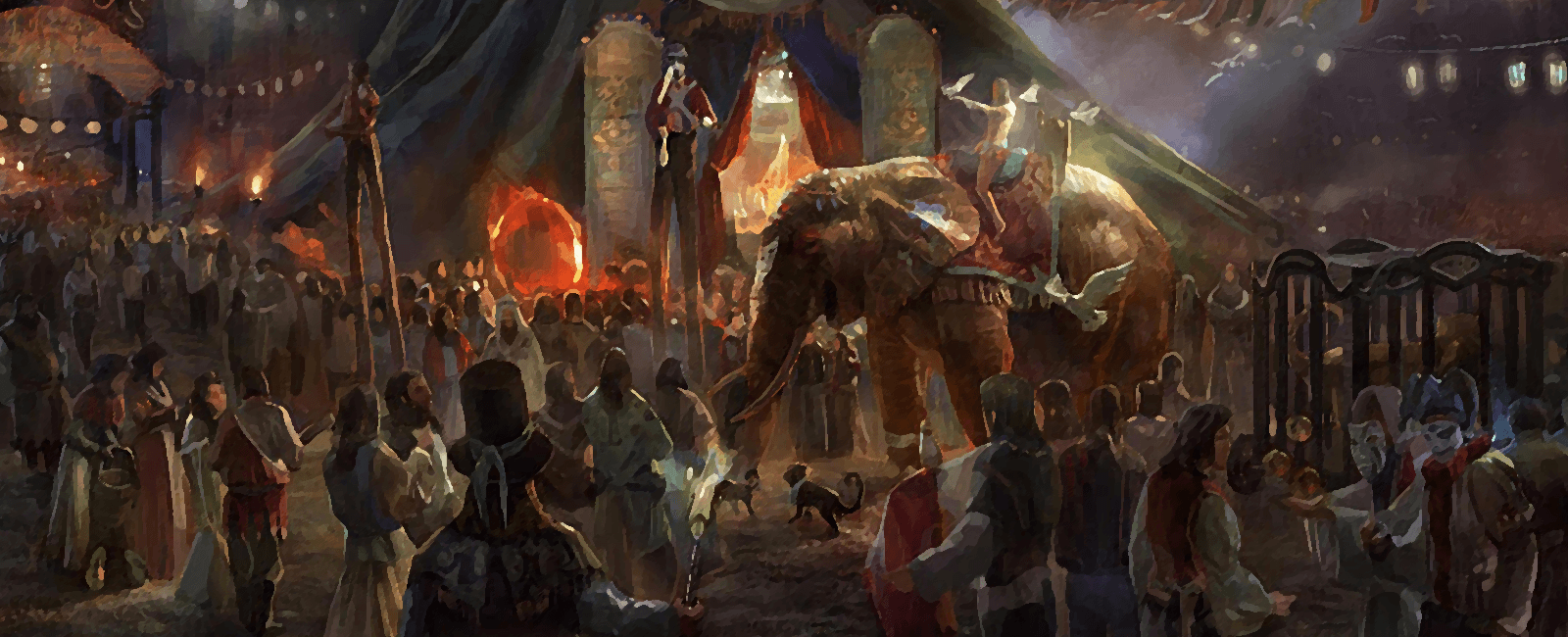Harvest Festival
The Harvest Festival is the main holiday celebrated in honor of the goddess Nymm. The festival is a symbol of life, fertility and nature in many cultures.
History
The harvest festival is a very ancient tradition, going back to the days before Agustin Andor. It is celebrated all across the continent, with some variations, but more or less on the same time and holding the same concepts.
The custom survived and evolved over the years, absorbing other holidays into it and manifesting in different forms in different religions and cultures. It is one of the few holidays agreed upon by both the Andorian Church and the Fifth Dogma. Evidence of the festival being celebrated by the Free Folk have been found from as early as year 250 1E.
Execution
The festival is celebrated from the 13 to the 17 of Mother's Gift.
First Day
Priestesses of Nymm walk the fields with farmers from sunrise until high noon to thank the goddess for last year's produce. During that time the rest of the townsfolk start to arrange the main celebration area, usually the town square, for the festivities. As the sun begins to decent, the folk gather in the festival area for a communal feast featuring the current year's agriculture produce. The Priestess, or the highest ranking priest if none are present, says a prayer and then Ale kegs and wine barrels are opened and the celebration begins and will last until the midnight.Second Day
The pristesess walks once again with the farmers, this time bless their field for the new year. At high noon, the townsfolk gather in a central area as the previous grain tally is being red by the townmaster or mayor. As the sun sets celebrations begin once again.Third Days
Boys and girls that have came of age during the last year are presented to the public. During the day offerings of courtship are exchanged between families who are interested in marring their children. In most countries this custom is not considered a formal agreement of engagement, yet it remains very popular among the peasantry. Celebrations are held, usually including dances inclouding the new lads and lasses.Forth Day
Prayers are been said and sermons held during the day. The celebrations reach their highest peaks as drinks and local baked goods and produce are served freely to the public.Fifth Day
The fifth and final day of the festival is reserved for the farmers. Each brings their goods into town, receiving a hero's welcome. They then present their produce to the local lord, or the highest civil authority if they are absent. The lord takes a set amount of grain and pays the farmer double its price, as a gesture of respect and thanks. When the sun sets the priestes of Nymm, or the highest member of the clergy holds a sermon and ends the festival.
Current Date: 2nd of Latsum, 1572



Comments